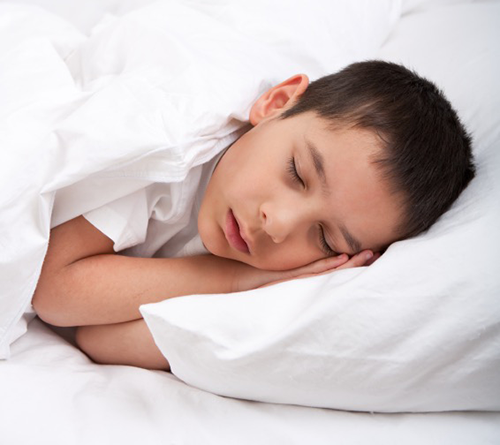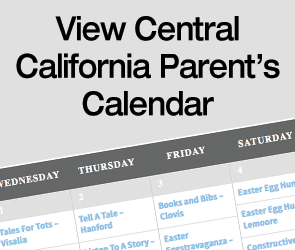Spring Forward! Daylight Savings Tips for Parents

By Christine Brown
No one is more freaked out with time changes than Moms and Dads who are at the mercy of their child’s sleep! Daylight Savings Time starts in the US and Canada on Sunday, March 12, 2017. When we set the clocks forward for 1 hour, we’ll be asking them to go to bed one hour earlier than they are used to and that request isn’t without it’s challenges, albeit short-term challenges. With these Daylight Savings Time tips for parents, you’ll know just how to navigate the change.
Luckily, the Spring time change has a lot less of an impact on sleep than the end of daylight savings in the Fall. For those with early birds, this is a welcomed change for an extra hour of sleep! (at least temporarily)
Depending on your children’s sleep habits, there are a few options on how you can handle the time change.
EARLY BIRDS
If your child is an early bird – waking at 6:00 am or earlier – stay on the same schedule and enjoy the later wake time, at least for a few days. Some children naturally wake early and in this case, their bodies will naturally adjust back to their earlier wake time within a week or so. In some cases, if your child has been waking unnaturally early, this may help them to transition to a later wake time moving forward.
Given that we are pushing the clock forward, the first few days of the transition may be a little rough at bedtime. If your child normally goes to bed at 7:00 pm, after the time change, according to their body, they are going to sleep at 6:00 pm. This may result in your little one not being tired at bedtime, which can cause bedtime battles and antics. This transition usually takes less than a week so stay patient and use your preferred sleep training method if necessary.
NIGHT OWLS & SENSITIVE SLEEPERS
For children that are night owls or love to sleep in – 7:00 am or later – the time change will result in an even later wake time. Also, if your child is a sensitive sleeper and doesn’t easily adjust to sleep schedule changes, the time change may push their wake time too late, resulting in missing the optimal sleep windows. In these two situations, I recommend adjusting your child’s wakeup time and schedule gradually, by 15 minutes each day leading up to the time change.
MARCH 8th
• Wake your child 15 minutes earlier than their usual time. For example, if your child wakes at 7:00 am normally, wake them at 6:45 am. This will only decrease their night sleep by 15 minutes.
• Shift naps and feedings later by 15 minutes – if your baby goes down for nap at 12:00 pm, put them down for their nap at 12:15 on the first day.
• Put your child down for bed 15 minutes earlier than usual. A 7:00 pm bedtime, will be 6:45 pm bedtime on the first night.
MARCH 9th, 10th & 11th
• Follow the guidelines above for each subsequent day – shifting the entire schedule earlier by 15 minutes each day
MARCH 12th
• Resume your child’s usual schedule, with the same daily wake, nap, feedings and bedtimes as before the time change
If your child is on a good sleep schedule and isn’t too sensitive to sleep changes, you can opt to not make any advanced changes. If your child’s normal nighttime sleep schedule is 7:00 pm – 7:00 am, their new wake-up time will be 8:00 am. Bedtime will shift an hour later. Naturally move your routine (sleep / feeding) to your existing scheduled times. This is a relatively easy transition and the effects of the time change will only be evident for a week at most.
SPRING DAYLIGHT SAVINGS TIME ADJUSTMENT TIPS:
1. Have patience – the time change can have us all off for a few days because our natural rhythms are being altered
2. Use the sun to your benefit – exposure to 30 minutes of sun during wake times (specifically early morning and late afternoon) will help to reset internal clocks to the time change.
3. In the hour prior to bedtime, keep the lights dim. This will help your child to regulate their sleepy hormones and adjust to being sleepier at the new bedtime. Avoid playing outside and bright screens (TV, tablet, phone) or bright indoor light during the hour leading to bed.
4. Keep your routines – keep sleep, feeding and other routines consistent, maintaining the same timing, unless noted above
5. Create the ideal sleep environment – with the extended daylight hours, it is important to create a cave-like sleep environment for your little ones for both day and nighttime sleep. The goal is to achieve a 9 or 10 out of 10 for darkness. There are many products on the market that can help you achieve this goal. One solution that is incredibly effective is the Blackout EZ window covers.
Christine Brown is a Certified Child Sleep Consultant & Founder of Bella Luna Sleep Consulting
Central California Parent is the #1 FREE parenting resource for Central Valley families.
Stay connected with Central California Parent throughout the month!
• Like Us on Facebook
• Follow Us on Instagram
• Follow Us on Pinterest
• Follow Us on Twitter
• Subscribe For our Family E-Newsletter
• Read Our Digital Edition
• Enter for our FREE Giveaways









